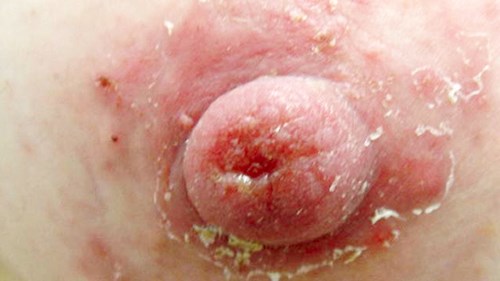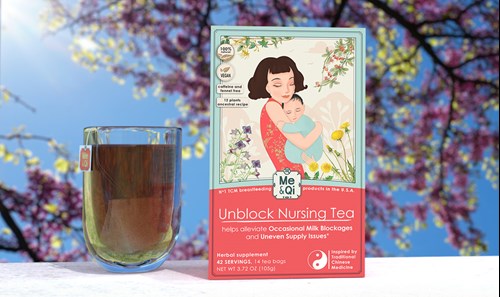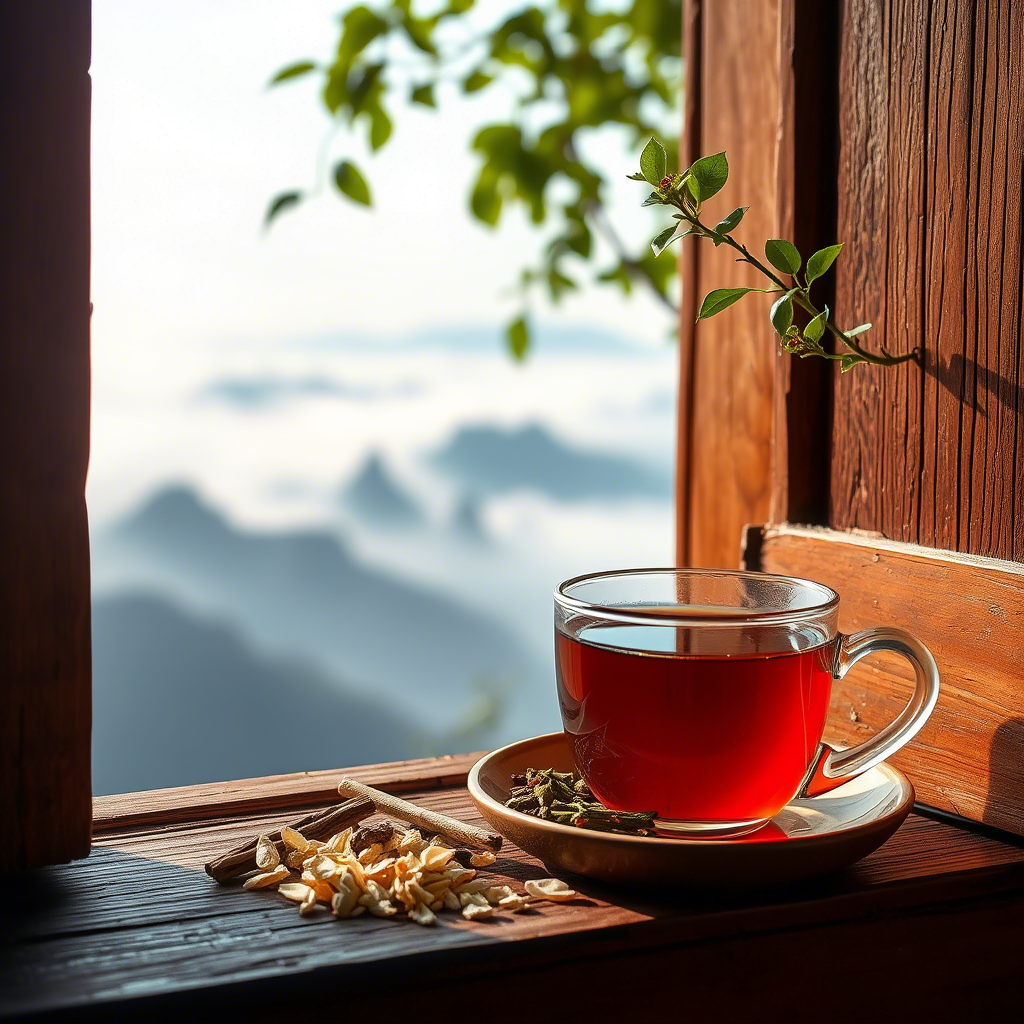Contents
- What Is Peeling Nipple
- Signs And Symptoms Of Peeling Nipple
- Should I Continue Breastfeeding with Peeling Nipples?
- Why Are My Nipples Peeling While Breastfeeding?
- Home Remedies To Treat Peeling Nipples
- Should I Moisturize My Nipples While The Skin Is Dry And Flaking?
- Why do The Nipples Become Dry And Peeling During Pregnancy?
What Is Peeling Nipple
A peeling nipple can occur in both men and women, but it may be more common in breastfeeding mothers. This condition may affect one or both breasts, causing the nipple to feel itchy, sore, dry, and even cracked.
Although this condition is temporary, it may make breastfeeding quite difficult when the newborn latches on and suckles nipples. The good news is that this postpartum problem can be easily treated with lots of moisturizing.
Signs And Symptoms Of Peeling Nipple

A peeling nipple skin may appear dry, scaly, crusty, or scabbed over. There may be some signs of inflammation around the nipple such as warmth, redness, and hotness to the touch. Sometimes a mother also observes itchy and dry flaky skin on the breasts. But most frequently, she will notice the tip of her nipple peeling over.
Occasionally, she may also experience pain and burning sensations along with nipple discharge. In fact, in rare cases, the skin can become so dry that it gets cracked and starts to bleed. If these situations are not properly treated, a breast infection such as thrush or mastitis can develop.
Should I Continue Breastfeeding with Peeling Nipples?
Yes, you can continue nursing with peeling nipples. It is not an uncommon postpartum issue, especially during the beginning of breastfeeding due to poor latching techniques and improper baby positioning.
However, if it hurts too much, you may consider using nipple shields or a pumping machine to bottle feed your baby, thus it avoids direct contact between the newborn’s mouth and the nipple.
A nipple shield is almost like having a second nipple. It covers your nipple and breast and contains small holes in the middle so that milk can flow easily to your baby's mouth. Basically, it works like a longer, firmer nipple to help babies who have trouble latching on to the breast.
The pumping machine also contains a shield that covers your breast and creates pressure that draws milk out of the nipple.
Why Are My Nipples Peeling While Breastfeeding?
Your nipples may peel while breastfeeding due to different causes, including:
- Poor latching Breastfeeding
The cause of peeling nipples while breastfeeding could be a bad latch. If your baby only sucks on the nipple rather than sucking areola along with the nipple, the milk ducts won’t be squeezed enough, thus the newborn may have to suckle aggressively to get enough milk. As nipple skin is more sensitive, this constant stress on the skin results in nipple flaking.
- Nipple Cracks and Scabs
Nipple flaking occurs along with the cracks due to poor latching or positioning of the nursing baby. In the case of scabs, peeling could occur when they are formed or fall off.
In both cases, you can apply nursing creams to moisturize your nipples. This will get rid of scaling early and give your nipples proper time to rest and heal.
- Breast Engorgement
Your breast may become engorged if you do not express milk frequently. This accumulated milk can cause your nipple tissue to stretch, peel, and eventually crack.
- Pumping Machine Misuse
Breast pump misuse is not uncommon among breastfeeding mothers for different reasons. If a mother uses small-size flanges, the nipple remains outside of the funnel, and with large-size flanges, the areola is dragged into the funnel, causing pain and flaking.
Other problems with pumping machines include using high-grade suction power, using a machine of poor quality, or installing the machine's components incorrectly.
- Wearing Poorly Fitting Bras
A bra may rub against the nipple due to poor fitting. As nipple skin is very sensitive, this constant chafing by the bra clothe may cause peeling of the nipple skin. The mother may eventually develop cracks and feels pain around the nipples.
- Breast Infection or mastitis
Breast infections can cause dryness and peeling of the nipple skin. For example, when a breastfeeding mom has thrush, a yeast infection, her nipples may appear peeling, red, itchy, and cracked. She may also feel shooting or burning pains in her breasts during and after each feeding.
Mastitis is swelling and pain in the deep breast tissue, which is usually caused by bacteria. The bacteria normally travels from the baby mouth to the mother's breasts and makes the skin irritated, dry, and peeling over with sticky discharge.
- Breast Eczema
Eczema while breastfeeding is the most common reason for making nipple and breast skin itchy, red, and peeling. It also forms a rash on the skin. It can affect one or both breasts and also results in peeling skin on the areola. Most of the time, it is triggered by lotions, detergents, soaps, and clothes that irritate the skin.
- Breast Milk Psoriasis
Breast psoriasis is a rare inflammatory condition that affects breastfeeding women. In this condition, the breasts may feel painful, itchy, and warm to the touch associated with white peeling skin.
The skin may eventually crack and bleed. However, breastfeeding during this condition is totally safe for the baby. The disease cannot be transferred through breast milk, as it is more of a genetic defect.
Home Remedies To Treat Peeling Nipples
You can try the following home remedies to ease the pain and speed up the healing process of peeling the nipple:
- Apply Fresh Breast Milk
If you are breastfeeding and have a peeling nipple, you can try putting fresh breast milk on the peeling area. This will naturally moisturize the dry nipple and prevent bacterial infections. As breast milk contains antibodies, that naturally fight off bacteria.
- Apply Nipple Creams
Apply nursing creams such as Medela Tender Care Lanolin to dry nipples to speed up healing. It is believed that they form a protective barrier that keeps the skin moisture at a healthy level, ultimately diminishing dryness.
Or another budget-friendly option to overcome nipple dryness and peeling is to use good petroleum jelly. It provides a lot of moisture and soothes aching nipple skin.
However, in the case of breast eczema, normal moisturizing cream such as nursing cream is not suitable as they might worsen skin flares.
- Avoid Allergens
In case of eczema, avoid allergens such as perfumes, soaps, deodorants, and certain fabrics to prevent episodes of eczema.
- Use Epson Salt Water
As for infection or mastitis, soak breasts in Epson salt water to clean them properly twice a day. Salt is an antibacterial that kills bacteria.
Mix 1/2 teaspoon of regular salt with 250ml of water and soak your nipples in this mixture for about a minute. Pat it gently and leave it dry. Also, make sure that you are using fresh salt water.
- Wear Well-Fitting Bras Or An Adhesive Bandage
Wear a well-fitting bra to avoid rubbing on the nipple. Or try some special nursing bras which are made up of breathable material and are easily adjustable. Or you can place an adhesive bandage over the nipple to protect it from the cloth friction.
- Stay Hydrated
Drink a lot of water as it increases the fluid level of your whole body. It will help in overcoming overall dryness.

- Unblock Nursing Tea
It is the only postpartum product in the market that treats the fundamental causes of breast engorgement, infection, mastitis, cracks, or scabs.
This well balanced tea contains many cooling herbs such as Dandelion, Honeysuckle flowers, and Chrysanthemum flowers, which remove Toxin Heat from the body so as to heal skin issues.
Should I Moisturize My Nipples While The Skin Is Dry And Flaking?
Yes, you can mostly moisturize your nipples to heal dry and flaking nipple skin. Proper moisturizing not only hydrates the skin but also restores it to its original health.
However, it is important to know that moisturizing cannot be the only solution for peeling nipples especially when the root cause of your dry skin is something else. For example, if your nipples are peeling due to chafing caused by cloth rubbing, you need to wear softer and well-fitted clothes along with the application of moisturizing creams.
Similarly, if you are allergic to the cream, lotion, or a certain fabric and end up with peeling nipple skin, you need to avoid the triggering factors. Applying moisturizers solely won’t help much until the allergen is identified and removed.
Why do The Nipples Become Dry And Peeling During Pregnancy?
Dry and peeling nipples during pregnancy may mostly occur due to an increase in pregnancy hormones, mainly estrogen and progesterone. The increased levels of these hormones lead to several breast changes, such as an increase in breast tissue size and engorgement, which then stretches the nipple skin and make it dry, peeling, and itchy.

